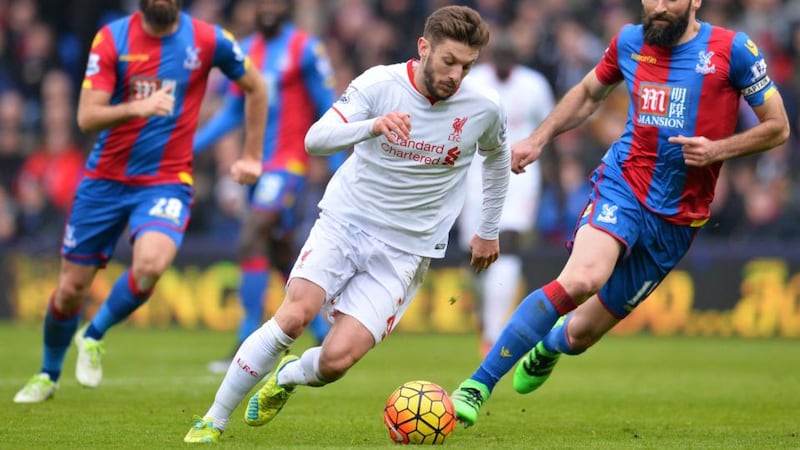Eir expects to hear shortly on whether its purchase of Setanta Sports has been approved. Notwithstanding political upheaval, the telecoms and media group anticipates ministerial sign-off soon, having already got the okay from competition and broadcasting regulators.
Until then, there's very little that Jon Florsheim, managing director of Eir's consumer division, can say about how it plans to use Setanta to drive its business. But he does mention the UK example of BT, which used its exclusive English Premier League rights to boost its tally of broadband customers.
“You can look at how BT launched their product. I’m not saying we’re going to be the same, but they weren’t in sport, and now they’re in sport,” says Florsheim. The world has moved on from the days when telecoms companies were just about infrastructure. Content is “the glue” of the business, and sport is the stickiest kind.

"Everything is about selling the bundle and everything is about selling the pricing of the bundle," Florsheim says. The way the Irish market breaks down, "Virgin leads on speed, Sky leads on content, and we have the bundle. We have a national brand," he says.
Some 18 per cent of its customer base takes three products or more. As for those who take all four, that number will by definition be lower than the 45,000 households that have signed up to its television service to date. The magic industry acronym Arpu, or average revenue per-user, gets a mention.
Setanta Sports is not just about television, “it’s part of the broadband proposition as well”.
Once the deal is cleared – and the fact that the outgoing Minister for Communications Alex White has lost his seat in the Dáil isn't expected to pose a substantial delay – Eir can begin ramping up its plans for Setanta in comfortable time for the start of the next soccer season. Its rivals "can speculate" on what those plans are, Florsheim says.
The TV3-owning Virgin Media is also a quad-play company with broadband, television, home phone and mobile bundles, but "only in Virgin areas", he points out.
All three companies – Sky, Virgin Media and Eir – are running big marketing campaigns at the moment, the most extensive of which is Sky. Vodafone, which is a key rival for the National Broadband Plan contracts through its Siro partnership with the ESB, is also out promoting its even newer television service with ads featuring one man, his girlfriend and his adopted pig.
“I like pigs,” says Florsheim. “The ads are nice.”
He sounds more dismissive than worried about it, however, describing Vodafone’s television bundle prices as high. The pricing on Sky’s new television platform Sky Q, meanwhile, suggests it is aimed at core Sky fans.
Eir itself spent €16 million last year on an all-encompassing rebrand from Eircom to Eir, complete with a DDFH&B-created television ad featuring aerial footage of the Skellig islands and a distinctive recording of the song Fionnghuala. The ad has performed well in research firm RedC's awareness tracking.
Its current ad is a more straightforward push for its €30 bundle offer, which this week was updated to include its latest promotion: free mobile roaming in Europe on Eir Mobile packages and the higher-value Meteor packages.
The European Commission has agreed to end the charges from June 2017, but Eir is getting in first. "We've jumped the gun on this to get a competitive lead," says Florsheim.
As for Meteor, it is still the intention to keep it as a separate brand, with its own “fun” positioning, but “if we can move someone into an Eir bundle, we will”.
The success of its high-speed fibre-to-the-home product, which is currently “available” to 28,000 homes, is interlinked with the outcome of the National Broadband Plan tender process. Virgin Media has “had a free ride” on speed, Florsheim notes, and Eir wants to challenge that.
The company will have other “things around technology and network” coming up in the second half of the year, and the convergence of telecoms and media services will be at the heart of it.
Consumers are looking for “proof points”, he says. “It is all about ‘prove it’. We like your brand and we like your advertising, but what’s in it for me?”











